Discover how to prepare rice water for skin whitening with simple DIY steps. Learn its benefits, application methods, and secrets for glowing, bright skin naturally at home.
I’ve always loved exploring natural remedies for skincare, and one that really stood out to me is rice water for skin whitening. This humble, cloudy liquid has been used for centuries in Asian beauty rituals, and I was curious to try it myself. As I experimented, I noticed my skin felt smoother, softer, and brighter. In this guide, I’ll share how I prepare rice water, its benefits, and how you can use it daily.
What is Rice Water?
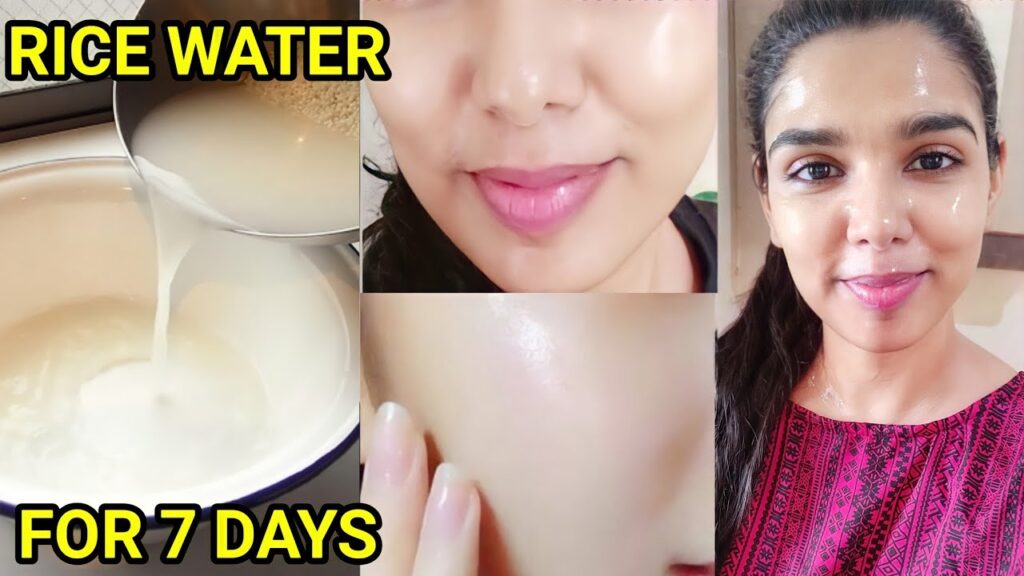
Before learning how to prepare rice water for skin whitening, it’s important to understand what it really is. Rice water is the starchy liquid left behind after rinsing or boiling rice. Packed with vitamins, minerals, and amino acids, it helps nourish the skin naturally. Ancient women in Japan and China used it as a beauty elixir, and today it’s still popular in natural skincare routines worldwide.
Why Use Rice Water for Skin Whitening?
When I started applying rice water, I quickly noticed my skin tone looking brighter and more even. That’s because rice water for skin whitening contains niacinamide, antioxidants, and amino acids that help reduce dark spots. It also gently exfoliates dead skin cells, revealing fresh, glowing skin underneath. Unlike chemical treatments, it’s gentle, affordable, and completely natural, making it a safe option for daily use.
Different Methods to Prepare Rice Water
There are a few ways to make rice water for skin whitening, and each method has its own benefits. I’ve personally tried them all, and I’ll guide you through step by step.
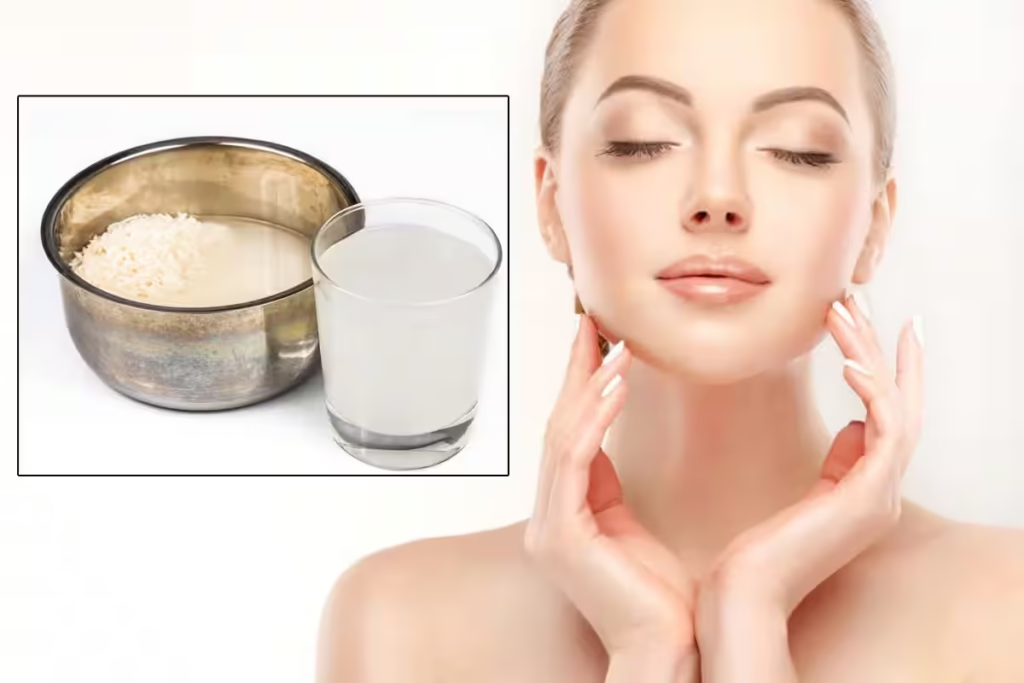
H2: Soaking Method
The soaking method is the simplest way to prepare rice water.
Steps:
- Take half a cup of uncooked rice.
- Rinse it once to remove impurities.
- Add two cups of clean water and let it soak for 30 minutes.
- Strain the rice, and your rice water is ready.
This method gives a quick, nutrient-rich water ideal for daily use.
H2: Boiling Method
When I want a more concentrated version, I use the boiling method.
Steps:
- Take half a cup of rice and add two cups of water.
- Boil until the rice is cooked.
- Strain the extra water into a clean container.
- Allow it to cool before applying.
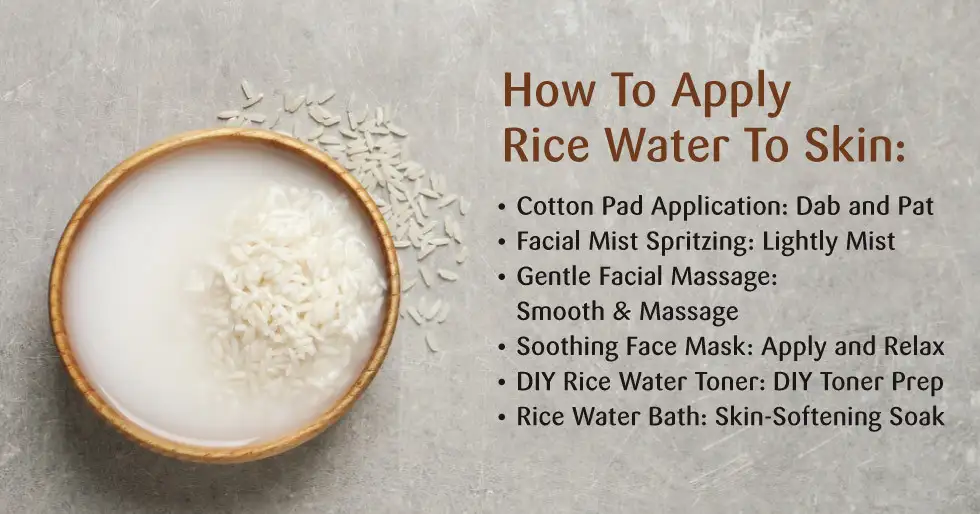
This form of rice water for skin whitening is thicker and can be diluted before use.
H2: Fermented Method
My personal favorite is the fermented rice water method because it feels more powerful on the skin.
Steps:
- Follow the soaking method first.
- Leave the water in a jar at room temperature for 24–48 hours.
- Once it develops a mild sour smell, refrigerate it.
Fermented rice water contains more antioxidants, which help in skin whitening and anti-aging.
How to Apply Rice Water on Skin
Once you have your rice water prepared, using it is easy. Here are some of my favorite ways:
H3: As a Facial Cleanser
I dip a cotton ball in rice water and gently wipe my face with it. It instantly refreshes my skin.
H3: As a Toner
I pour rice water into a spray bottle and use it as a natural toner after washing my face.
H3: As a Face Mask
Mix rice water with rice flour or honey and apply it as a mask. It leaves my skin bright and smooth.
H3: As an Overnight Treatment
Sometimes, I apply a thin layer before bed and rinse in the morning. It makes my skin glow naturally.
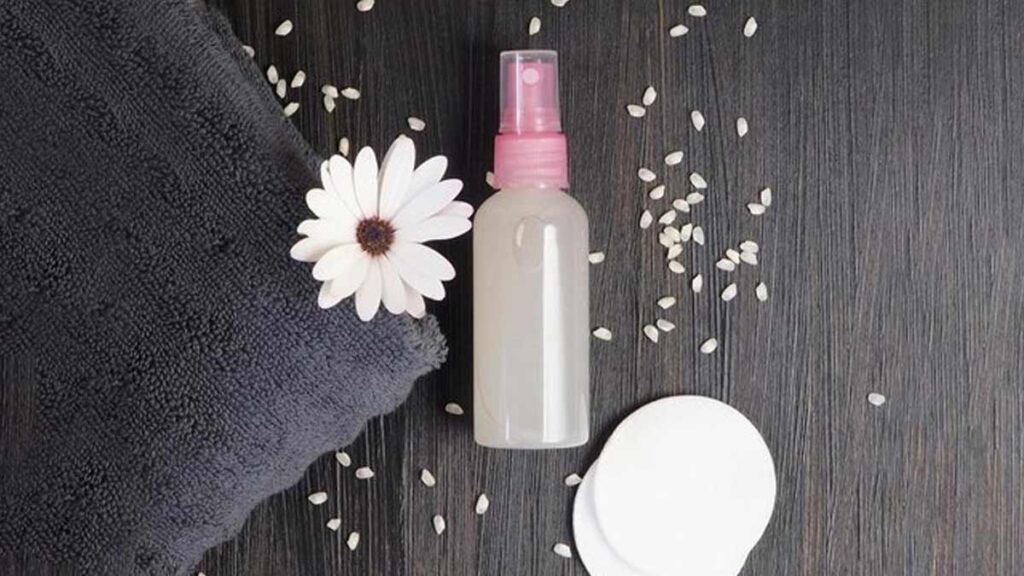
Benefits of Rice Water for Skin Whitening
Here are the major benefits I noticed from regular use of rice water for skin whitening:
- Brightens skin tone by reducing dullness.
- Lightens dark spots and pigmentation.
- Hydrates the skin, leaving it soft.
- Reduces oiliness, controlling acne breakouts.
- Soothes irritation, especially for sensitive skin.
- Anti-aging properties due to antioxidants.
Key Nutrients in Rice Water
| Nutrient | Benefit for Skin Whitening |
|---|---|
| Niacinamide | Brightens and lightens skin |
| Amino acids | Repairs and nourishes cells |
| Antioxidants | Fights dark spots & aging |
| Minerals | Keeps skin hydrated & soft |
My Personal Routine with Rice Water
I use rice water for skin whitening about three times a week. First, I cleanse my face with a gentle wash, then apply rice water as a toner. Twice a week, I mix it with rice flour to create a brightening mask. Over time, I’ve noticed fewer dark spots and a healthier glow. For me, it became a simple and natural alternative to expensive skincare products.
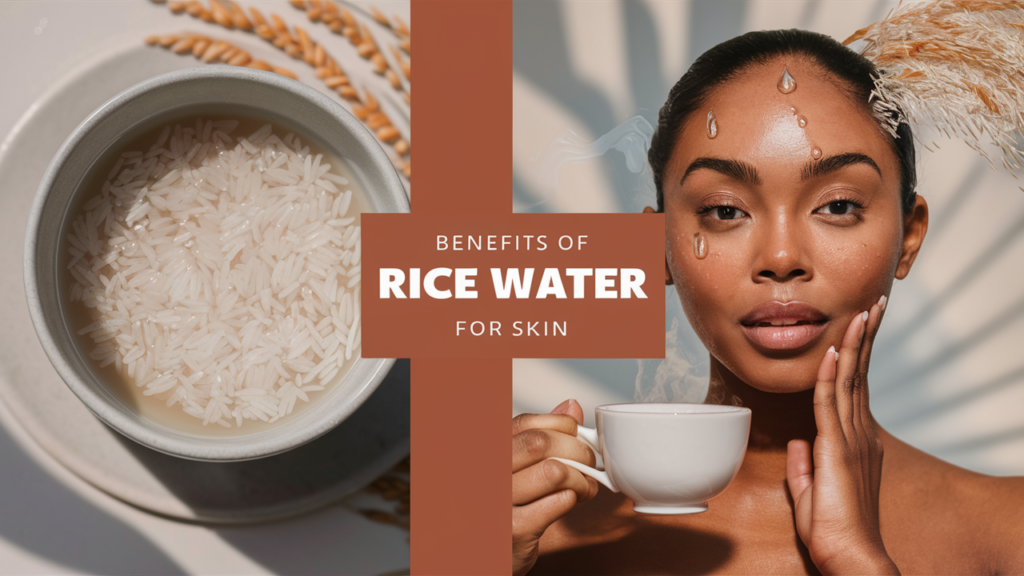
Precautions When Using Rice Water
While rice water is safe for most people, I’ve learned a few precautions to keep in mind:
- Always do a patch test before applying it on your face.
- Don’t leave fermented rice water for too long—it can spoil.
- Avoid contact with eyes.
- If you have allergies, consult a dermatologist before use.
- Store rice water in the refrigerator and use within 5–7 days.
Quotes About Natural Beauty
“The best foundation you can wear is glowing, healthy skin.”
“Nature gives you the face you have at twenty; rice water helps you keep it radiant at thirty.”
Key Takeaways
- Rice water for skin whitening is a natural, effective, and affordable remedy.
- You can prepare it using soaking, boiling, or fermentation.
- It works as a toner, cleanser, mask, or overnight treatment.
- Regular use helps brighten skin, lighten spots, and improve texture.
- Always store it properly and do a patch test before applying.
Conclusion
Using rice water for skin whitening has been one of the easiest yet most rewarding skincare changes I’ve made. It’s simple to prepare, budget-friendly, and effective for brightening the skin naturally. Whether you choose the soaking, boiling, or fermented method, rice water can become a wonderful part of your daily skincare routine. If you’re looking for a safe, natural way to achieve glowing skin, rice water is worth trying.
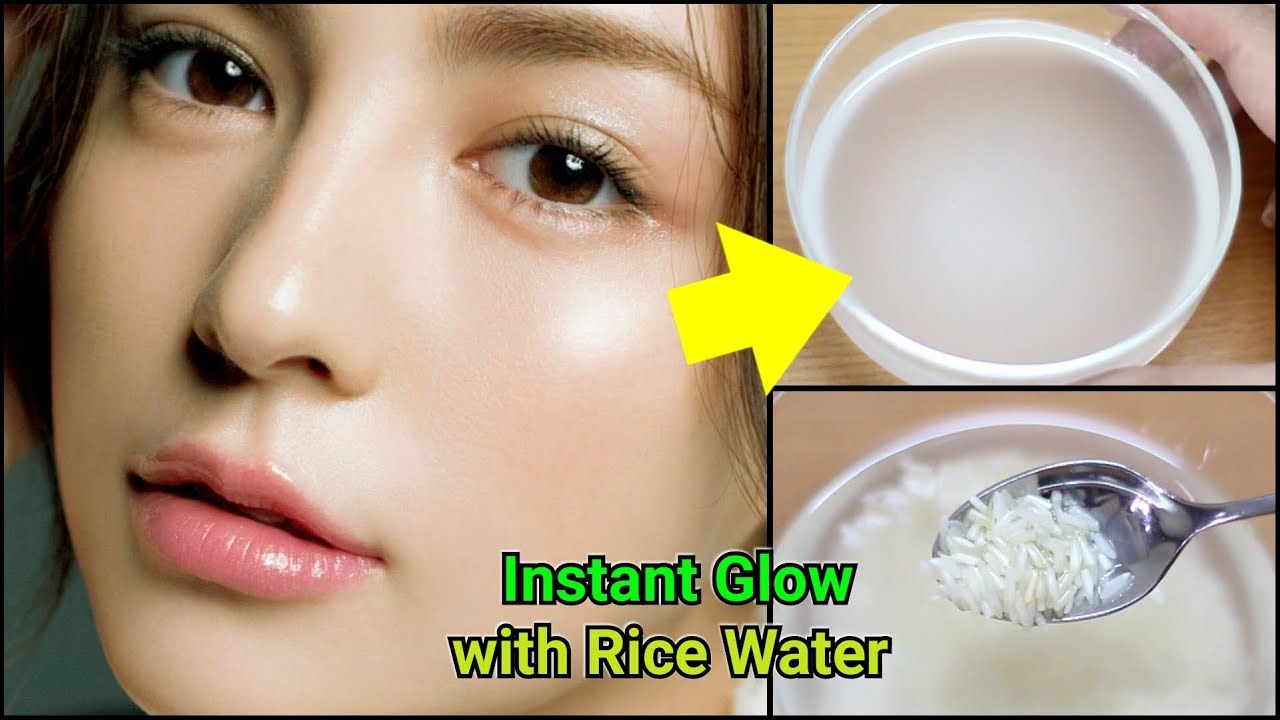
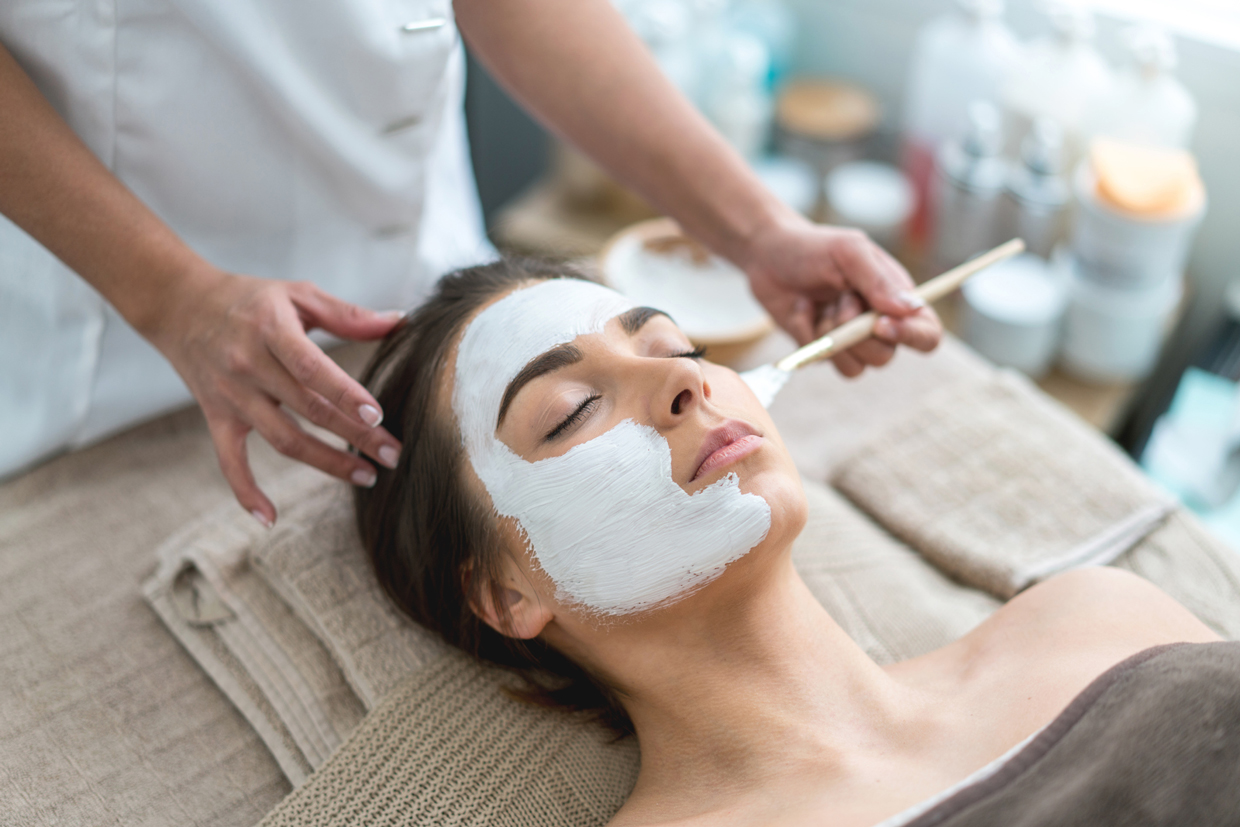
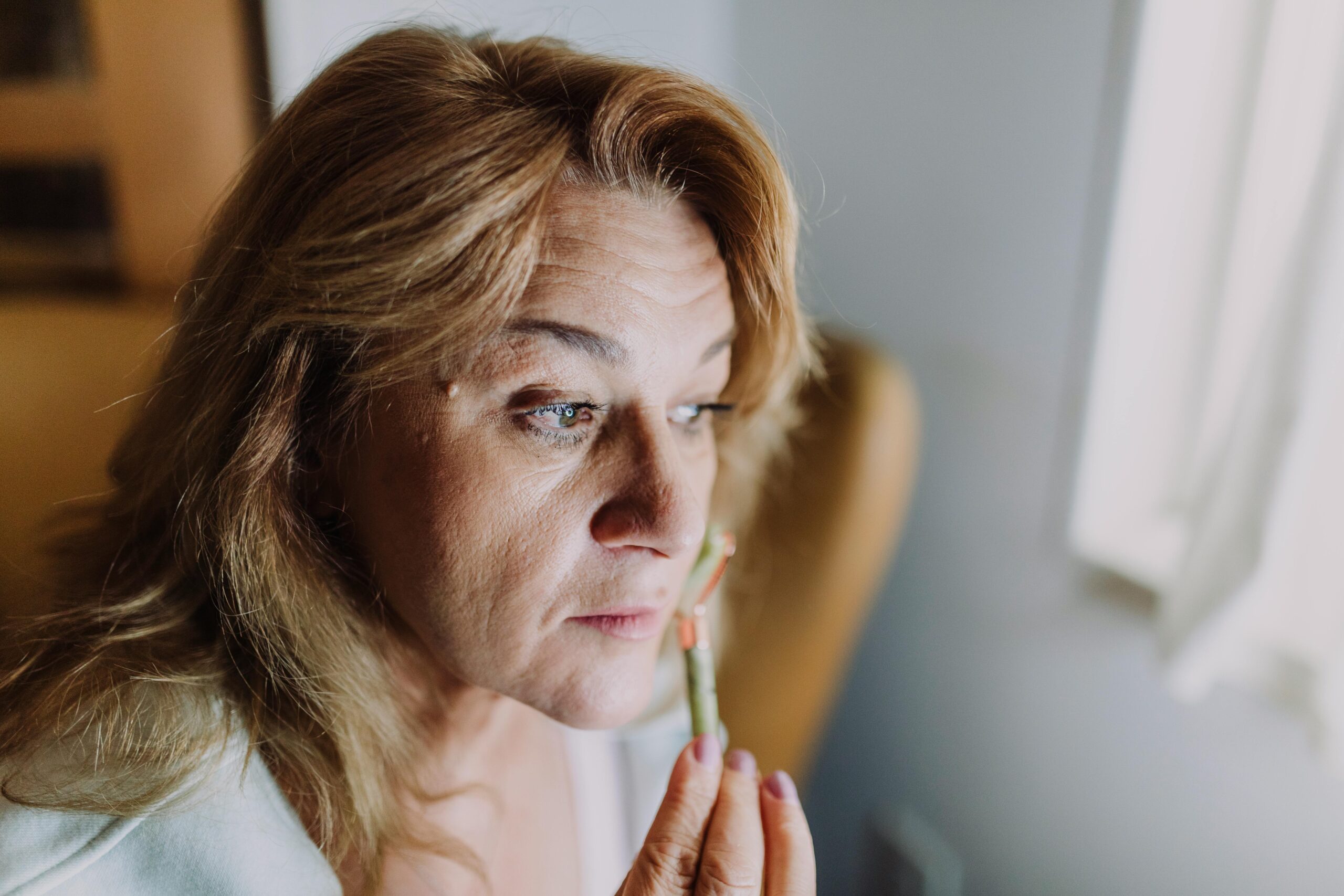

One thought on “How to Prepare Rice Water for Skin Whitening 2025”